
Oriental Scops Owls are quite possibly my favorite bird at Nanhui. Bird-shaped cuteness.
Of course, this would probably get me a telling off from Mark J. Estren, a Ph.D. in psychology from the University of Buffalo. Estren said that humans should be mindful of their bias for cute animals, so animals that would not be considered cute are also valued in addition to cute animals.
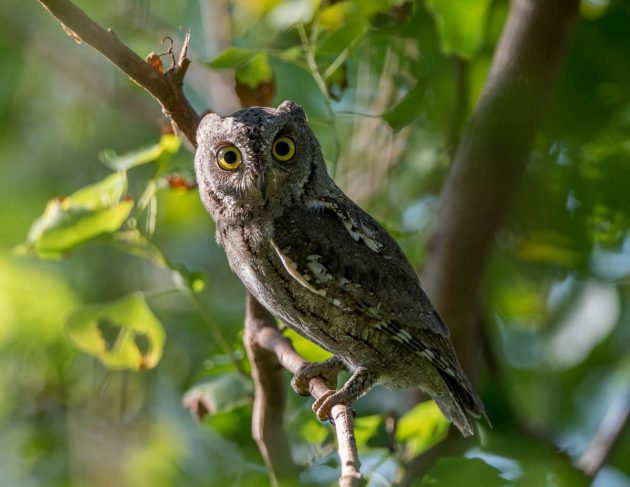
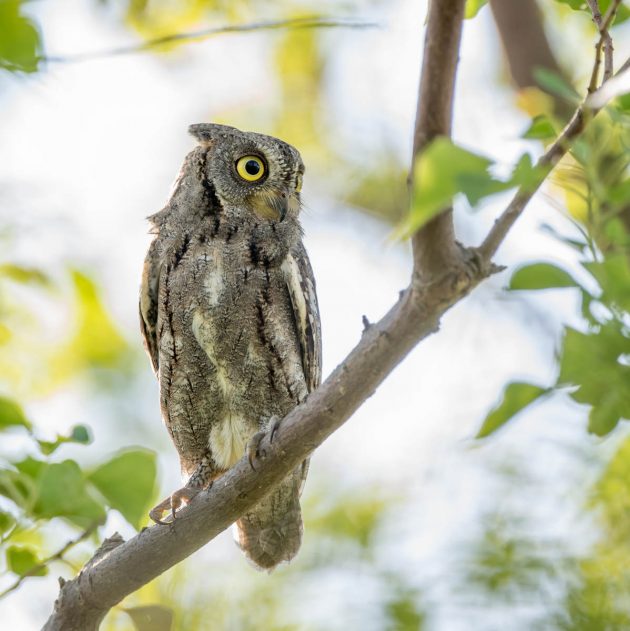
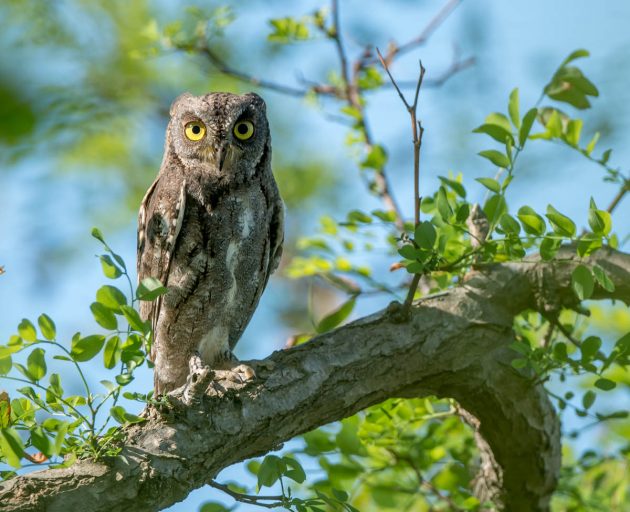
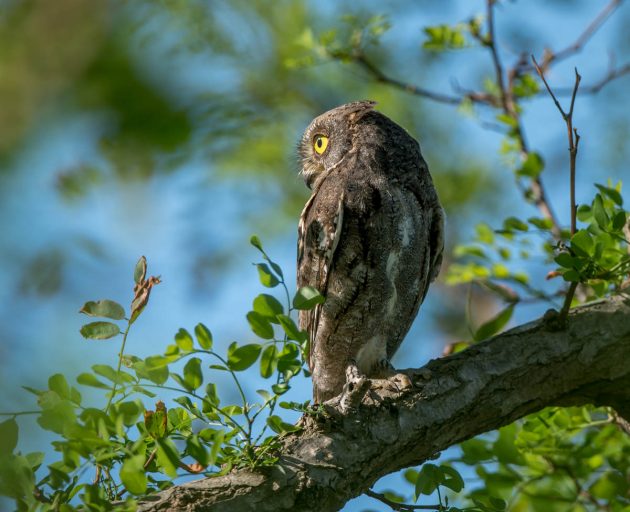
Interestingly, striving for cuteness has also changed the appearance of Mickey Mouse. According to Nancy Etcoff, Mickey Mouse’s bodily proportions “aged in reverse” since his inception, because “[h]is eyes and head kept getting bigger while his limbs kept getting shorter and thicker”, culminating in him resembling a “human infant”.
Northern Boobook looks less cute, and anyway, the one I saw clearly did not want to be seen by me.
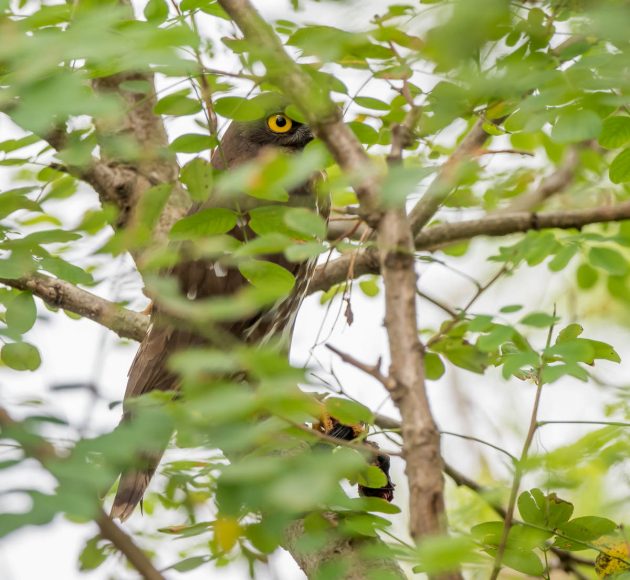
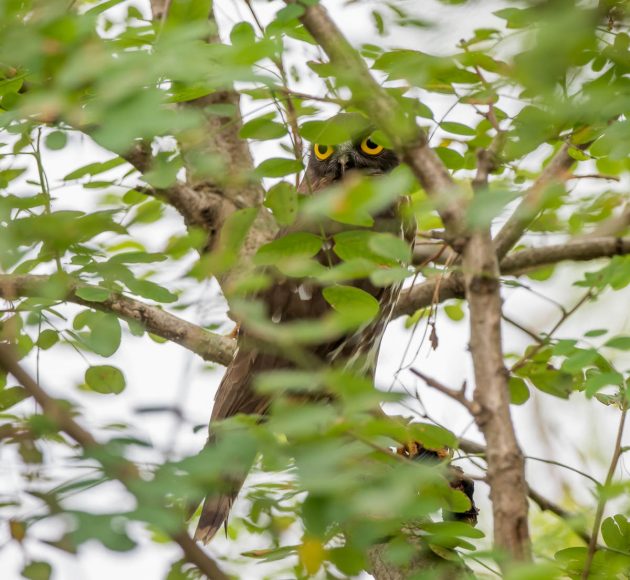
The Relict Gull is listed as vulnerable – apparently, it is one of the scarcest of gulls with a global population estimated at 10,000–20,000 mature individuals and up to 30,000 birds. It seems the bird I saw is a first-winter one, at least according to the HBW description: “First-winter has head white apart from dark brown mottling on crown and nape; upperwing-coverts extensively marked brown; black subterminal tail-band; dark bare parts.” I generally do not hold gulls in very high regard, as gull appreciation seems to be a bit of a specialty of snobs among birders – but this was the first new Shanghai species in quite a few months, so maybe some gulls are better than others (note the almost quote from The Smiths here, “Some girls are bigger than others”).
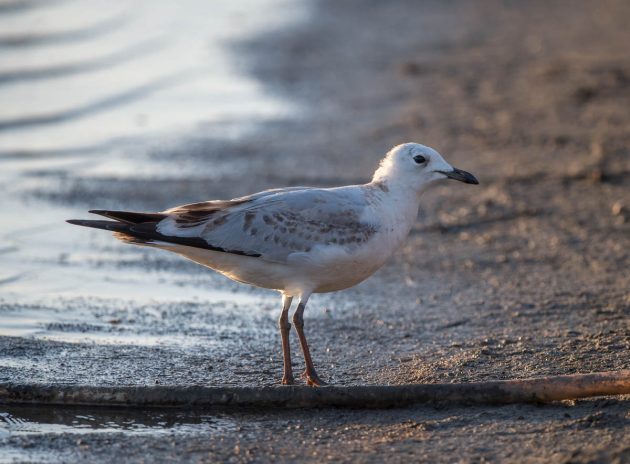
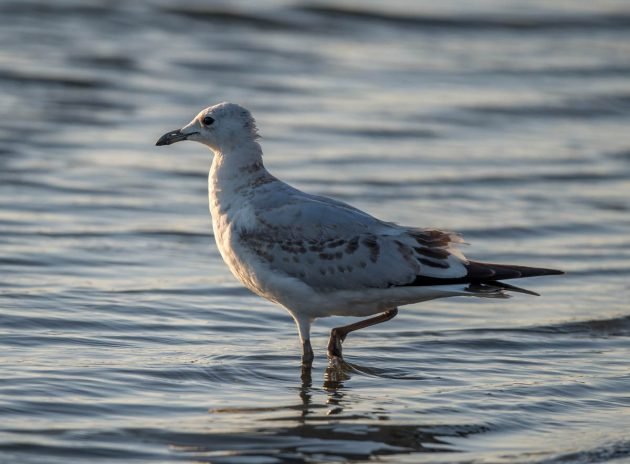
Chinese Grey Shrike is now monotypic as the larger, much darker Tibetan Plateau species Giant Shrike has been split off. See my blog post on Dulan for photos of the latter.
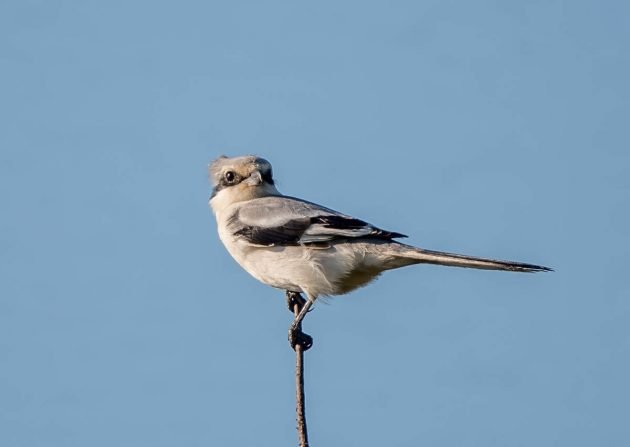
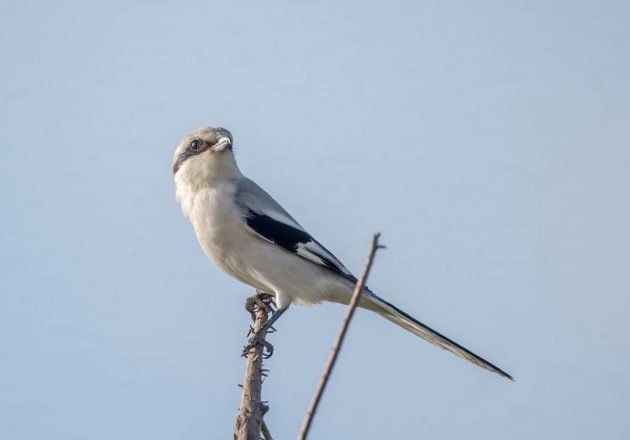
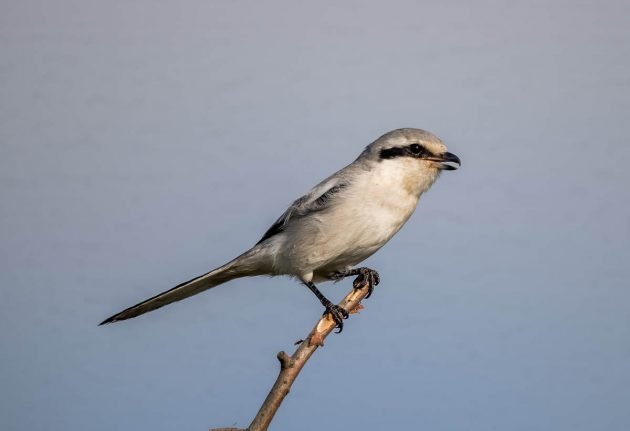
Stejneger’s Stonechat is named after Leonard Stejneger (1851 – 1943), a Norwegian-born American ornithologist who – in contrast to many other such naturalists and ornithologists named in my blog posts – actually existed. Worse, I could not even find any atrocities he was responsible for. Sorry for boring you.
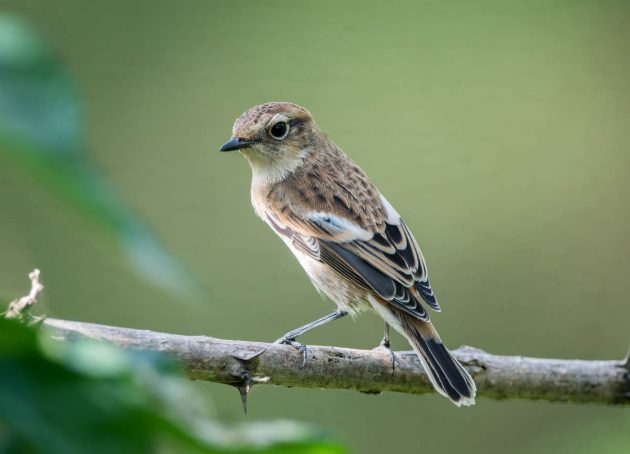
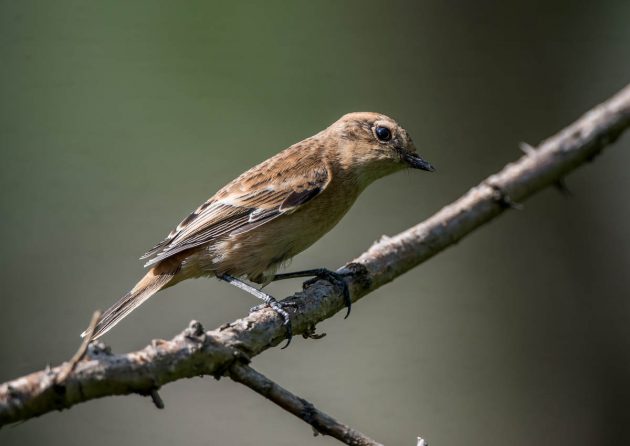
The Wikipedia entry on Mr. Stejneger (remember: this guy actually existed) has one intriguing though slightly weird sentence: ” On arriving in the US, he immediately went to the Smithsonian Institution to meet Spencer Fullerton Baird after taking some time sitting in a park to brush up on his English vocabulary.” Me, I remember listening to a few of my favorite songs using headphones before going into important job interviews, rather than brushing up on my English.
As for the Siberian Thrush I saw, it must have been a juvenile male: “Immature male resembles adult male, but whitish on submoustachial and throat, pale buff tips of greater coverts, paler with whitish spotting below (HBW).”
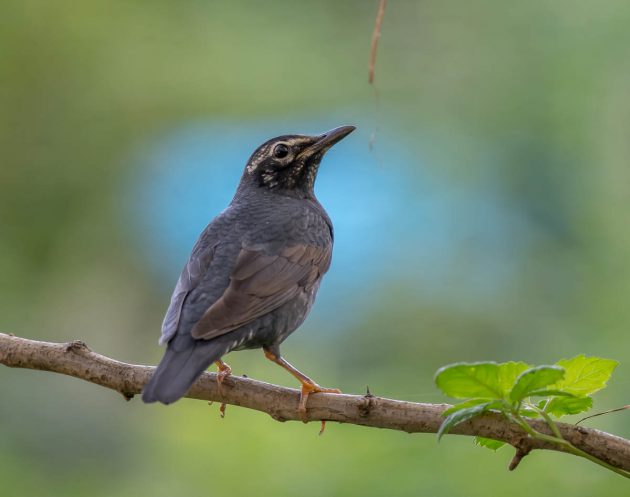
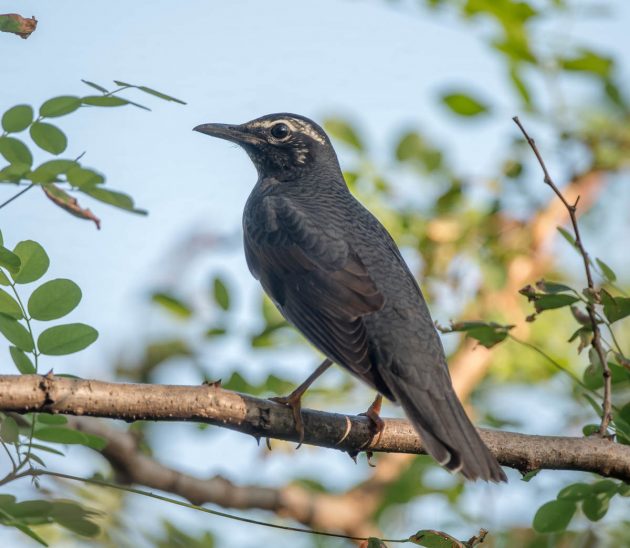
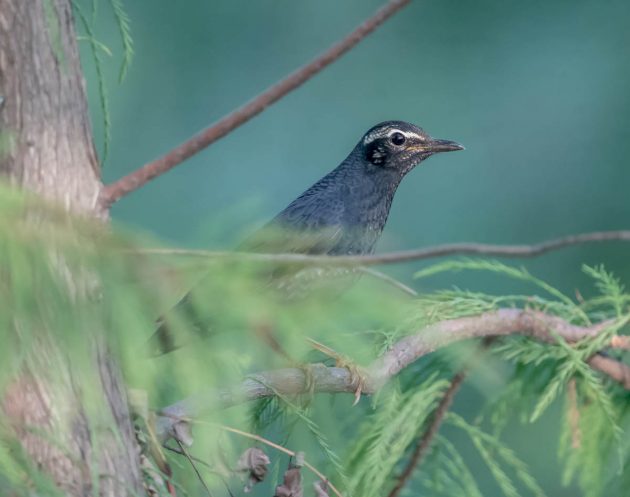
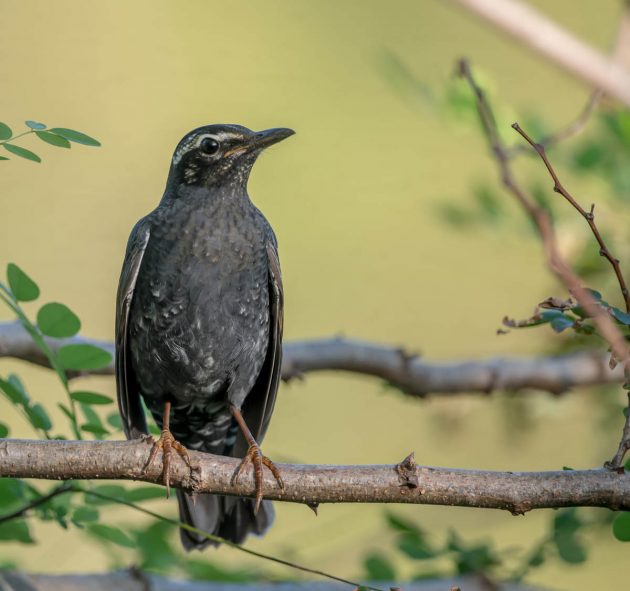
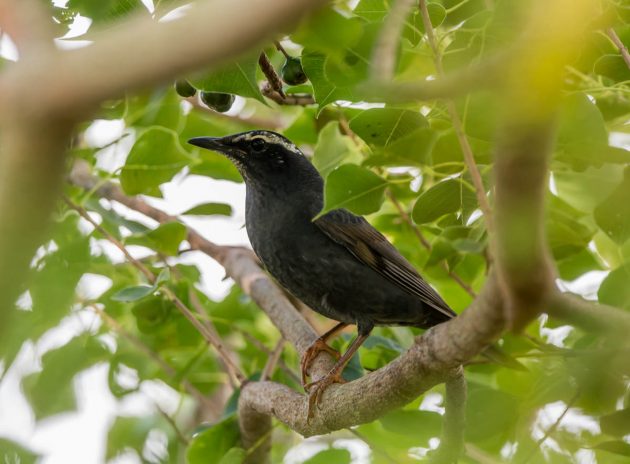
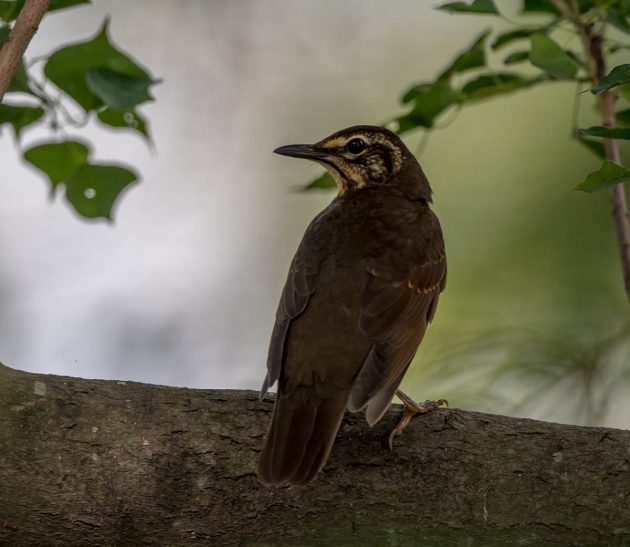
I love the way White’s Thrush blends in with the background here.
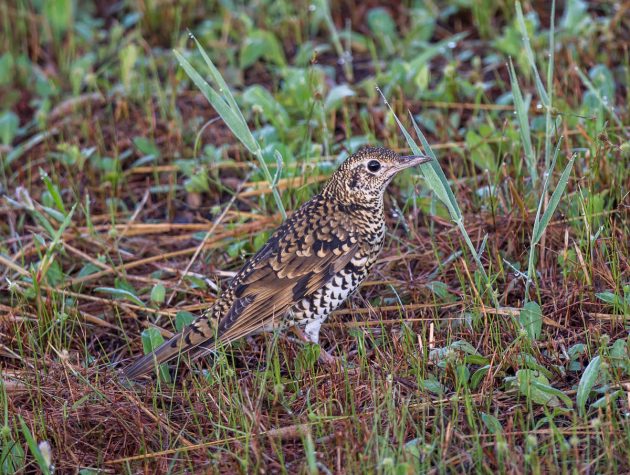
Grey-backed Thrush, less so.
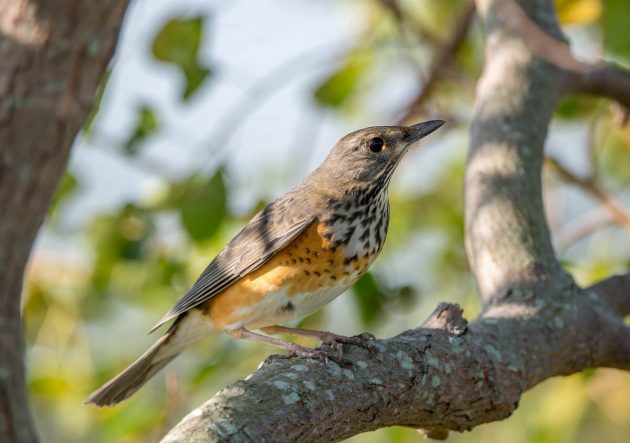
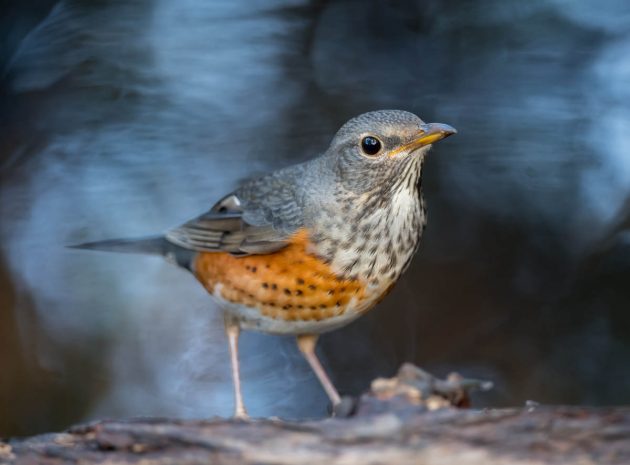
Back to White’s Thrush – the camouflage does not work quite as well when sitting on a tree.
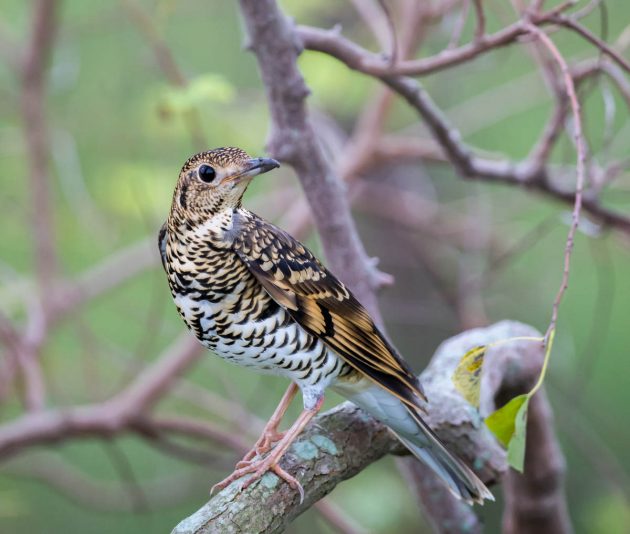
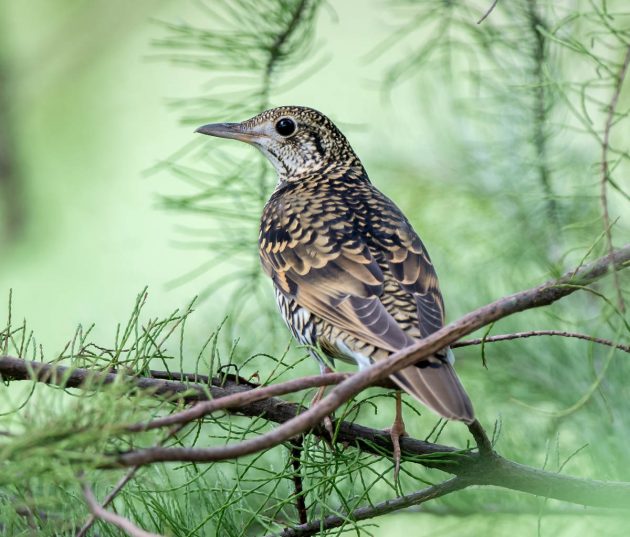
My favorite lyrics of the day come from Brisbane band Goon Sax (shame about the bad band name): “Didn’t have to sound so disappointed when I called … If you had ever saved my number in your phone”. No birding connection I can think of, except that I once spent a few days in Brisbane and it is a nice place for watching birds.
The Asian Brown Flycatcher should really be called Asian Grey Flycatcher. Do you agree? The HBW sort of fudges the issue by stating “Nominate race has head and upperparts plain ashy brown or grey-brown” (with ashy presumably being just another word for grey). Many colorblind ornithologists out there, apparently.
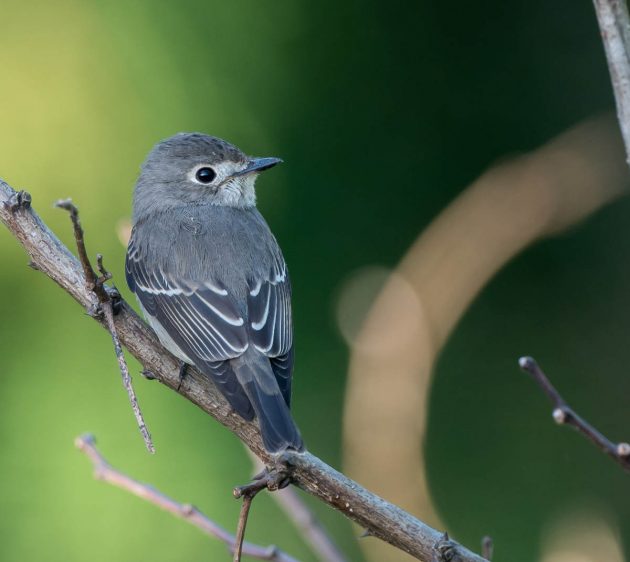
This is what the color brown looks like. A Brown Shrike.
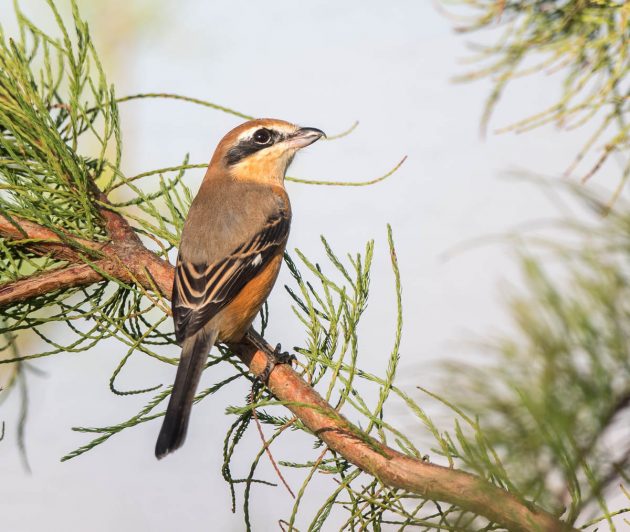
This Bull-headed Shrike is also brown. Not grey.
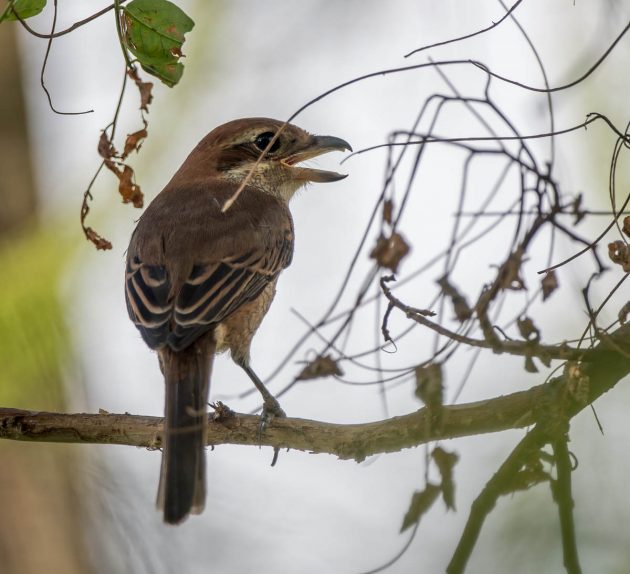
A juvenile Black-crowned Night Heron tries to be invisible.
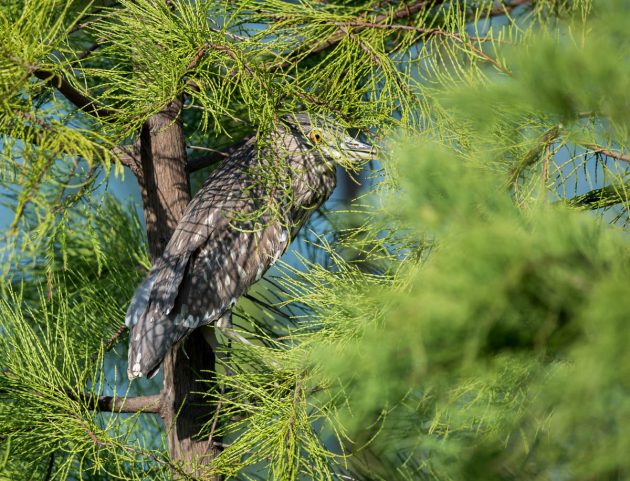
In contrast, Blue-and-white Flycatchers like to be admired for their beauty. I am happy to do that.
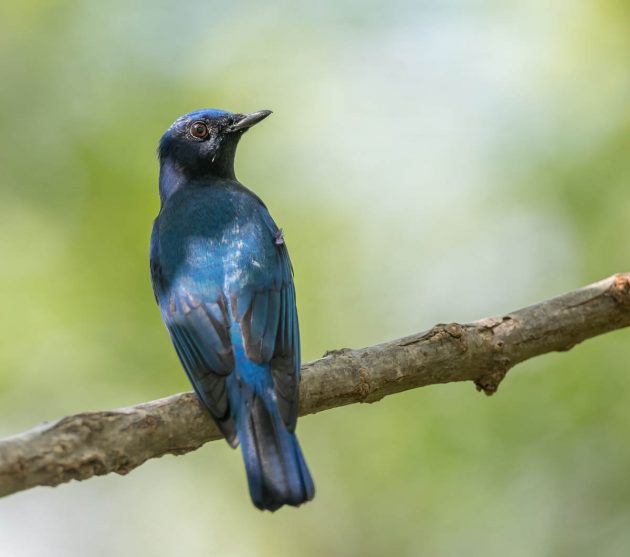
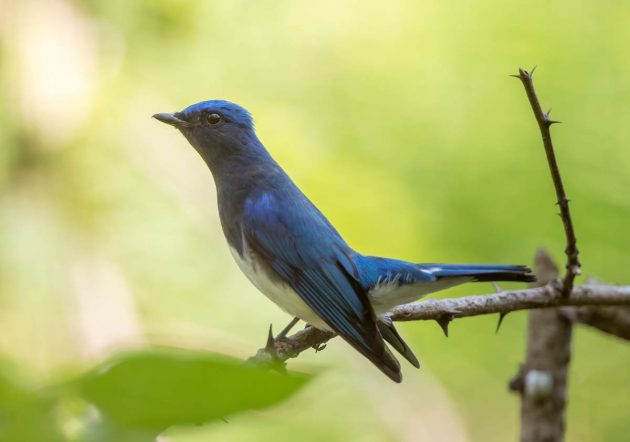
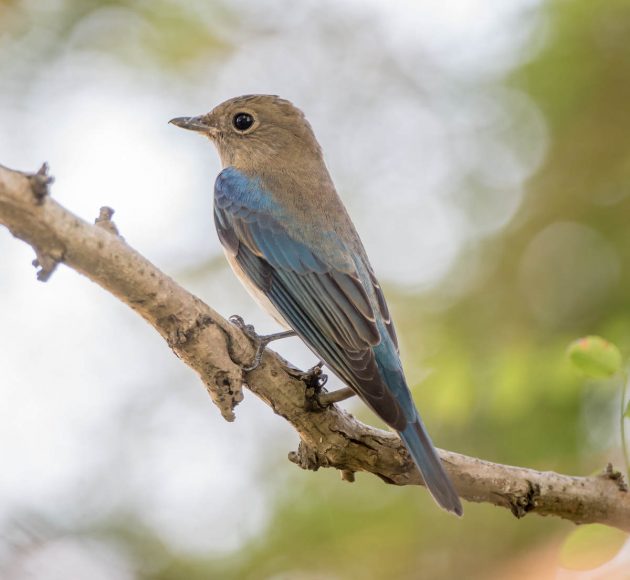
I think this is only the second time for me to see Middendorff’s Grasshopper Warbler at Nanhui. Nice looks, for a warbler, at least.
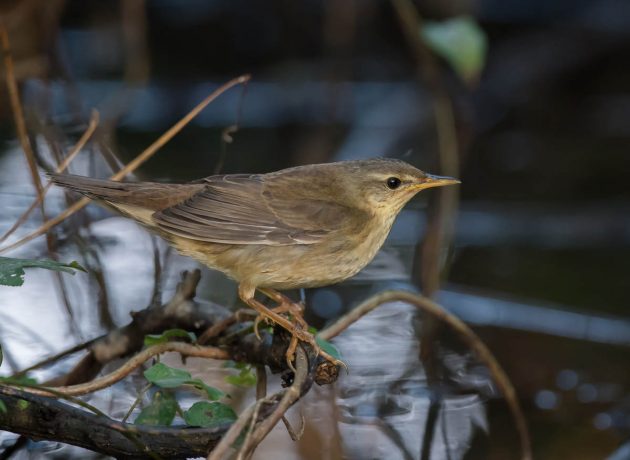
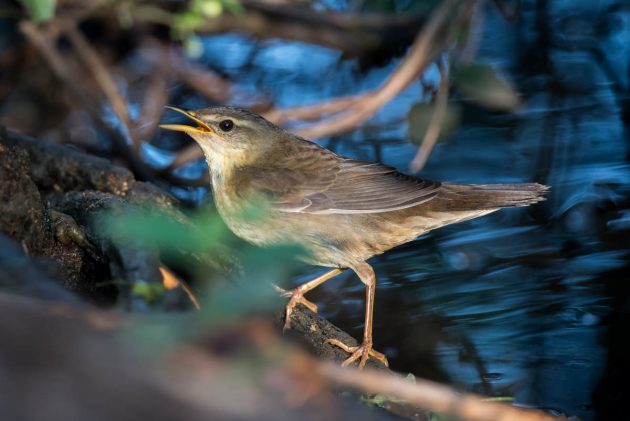
Manchurian Bush Warbler is quite a bit smaller, though using a somewhat similar color scheme.
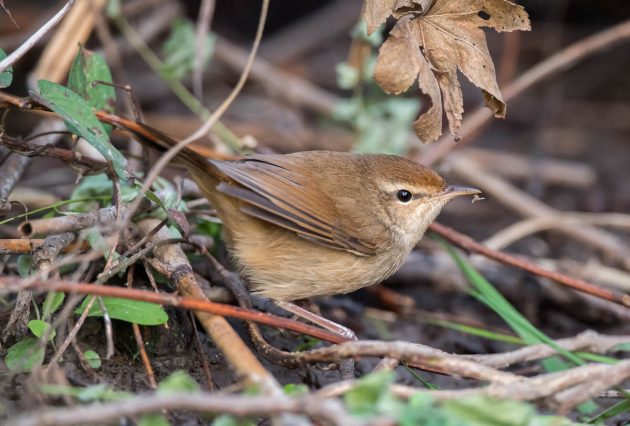
Rufous-tailed Robin is a fairly common migrant at Nanhui in autumn.
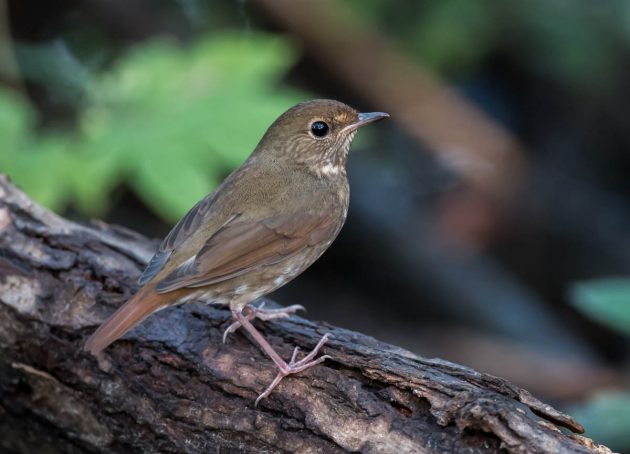
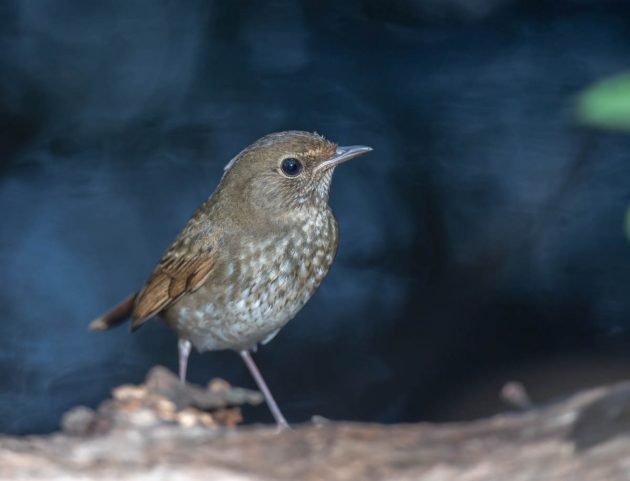
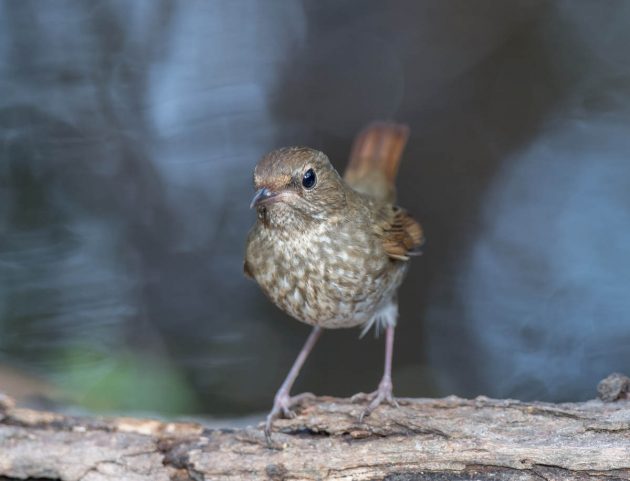
The Yellow-breasted Bunting is one of the very few Nanhui birds listed as Critically Endangered. And yet, it is surprisingly easy to see here in the right season (if you look in the right places). It is beautiful, too.
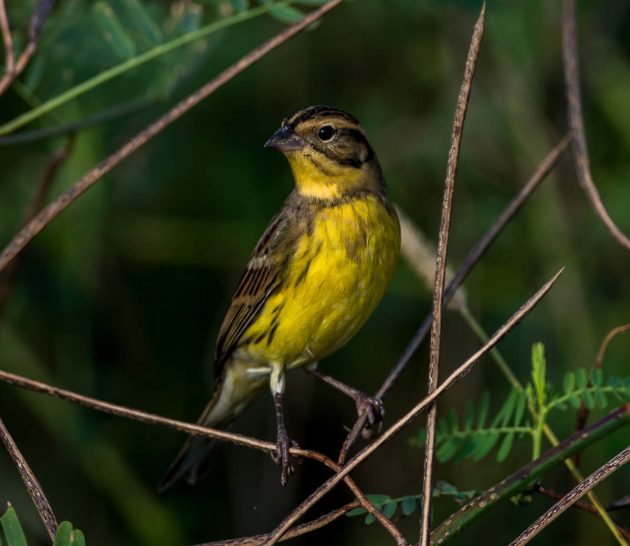
To be fair, the reason for this conservation status is not so much the existing number of birds but the rapid decline in this number. To quote from HBW: “Fairly common to locally abundant; declining rapidly. Estimated global population 120,000–1,000,000 mature individuals. Population conjectured to have been in the order of 100 million birds in 1980s”.
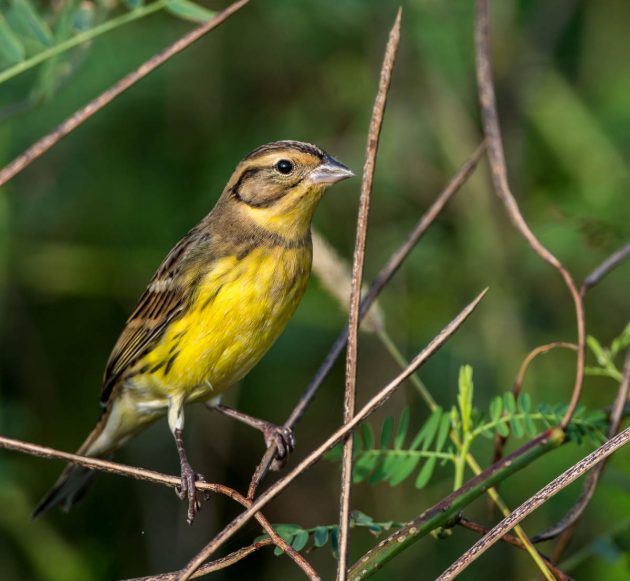
The reason, of course, is the usual one: human beings. I am seriously thinking of having a T-Shirt printed with the slogan “One billion is enough”. People, that is. Current predictions are for about ten times that number in 2050. Bye-bye, Yellow-breasted Bunting …
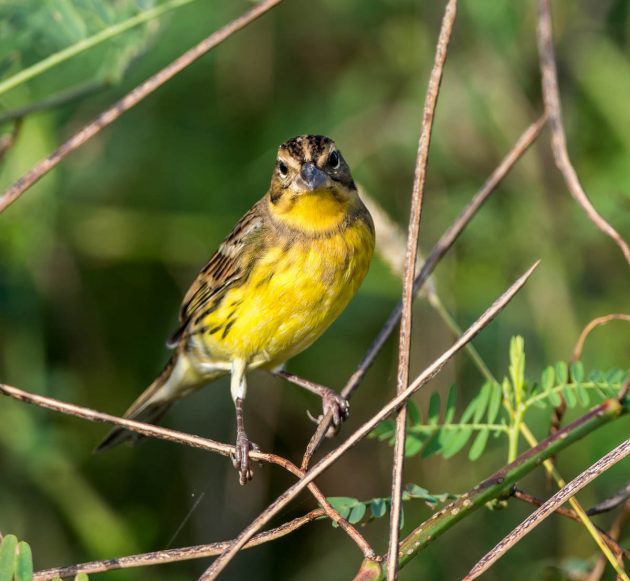
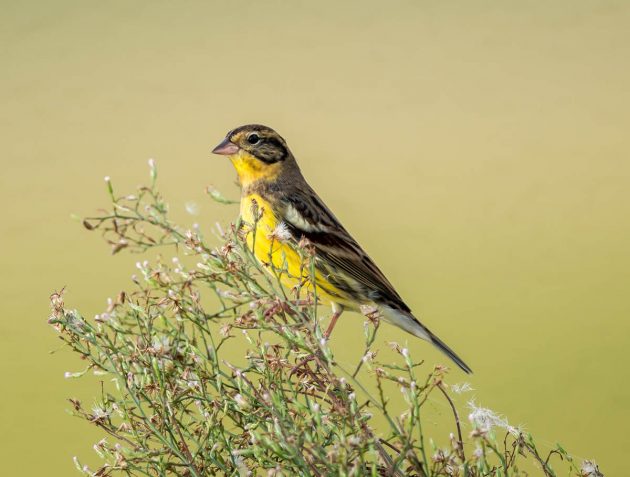
Common birds can also be very beautiful, of course. Such as Little Grebe …
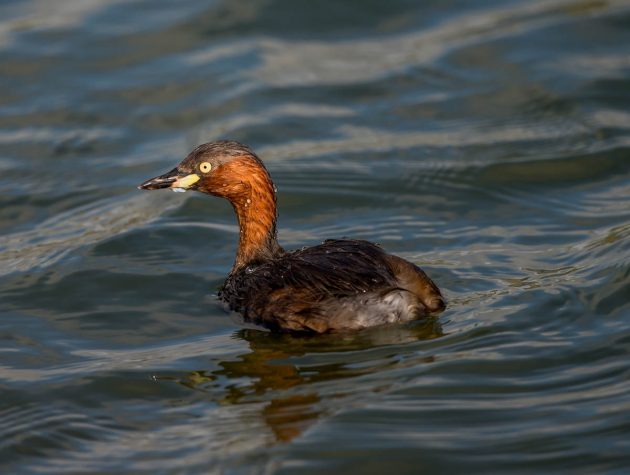
… and Wood Sandpiper. Sometimes you need the right pose and light to realize a common bird is rather cute. The moment when the average-looking girl in the movies takes off her glasses and the male lead suddenly realizes how beautiful she is … of course, translated into the birding world.
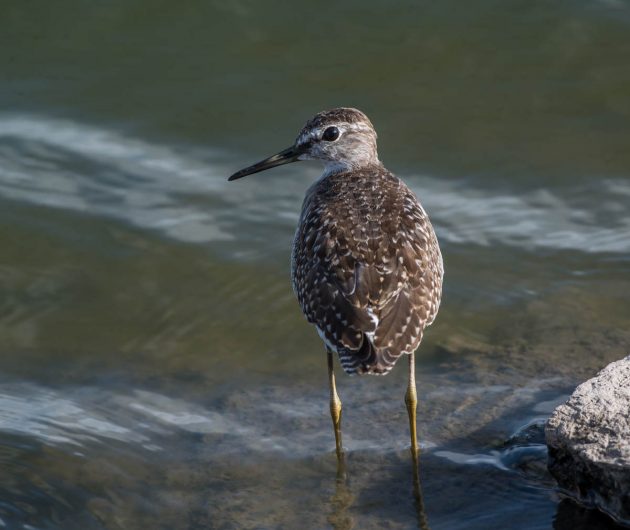
Other waders look more funny than cute, such as this Black-tailed Godwit.
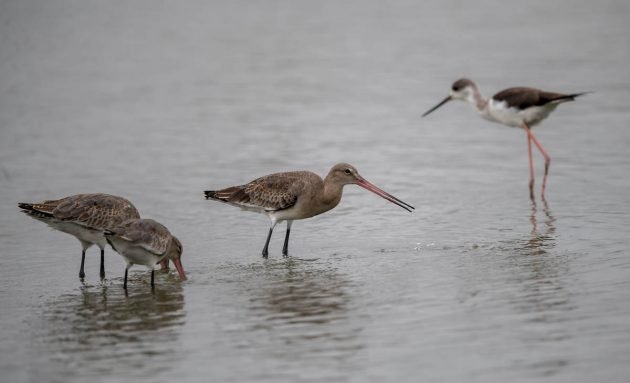
In late October, some of the attractive passerines wintering in Shanghai have already arrived – such as the Daurian Redstart (not durian – the smell of a flying durian might be unbearable) …
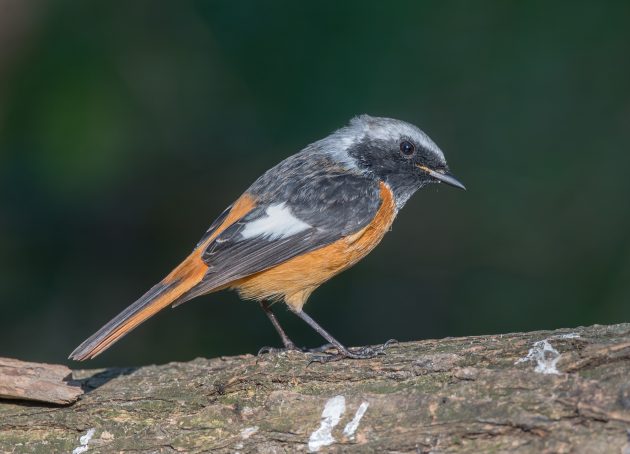
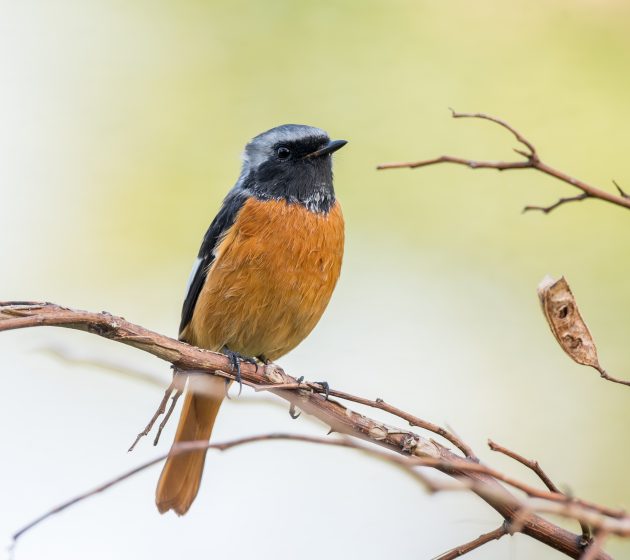
… Red-flanked Bluetail …
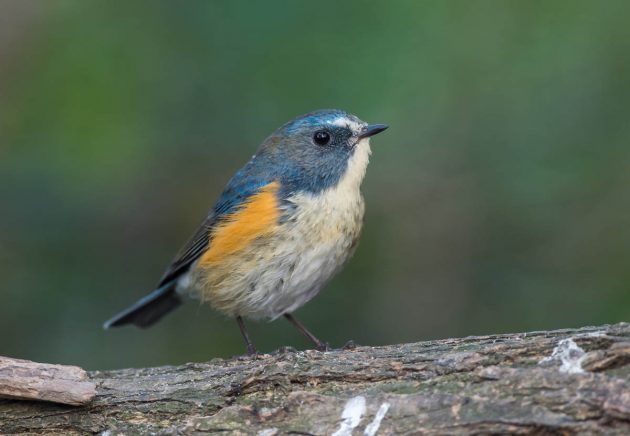
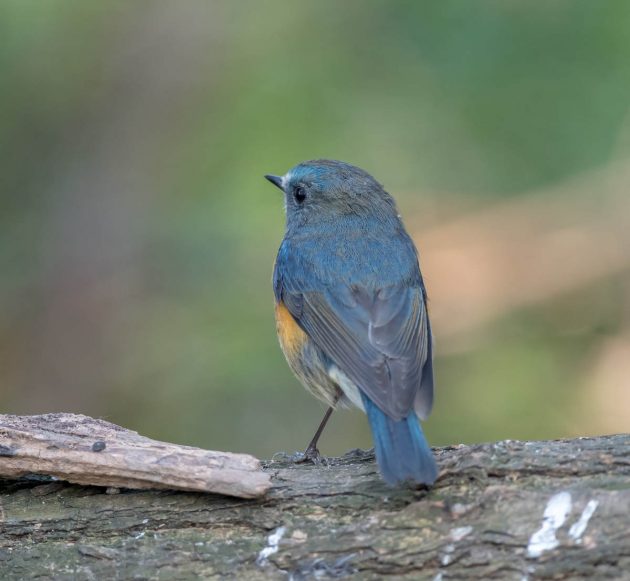
… and Yellow-throated Bunting.
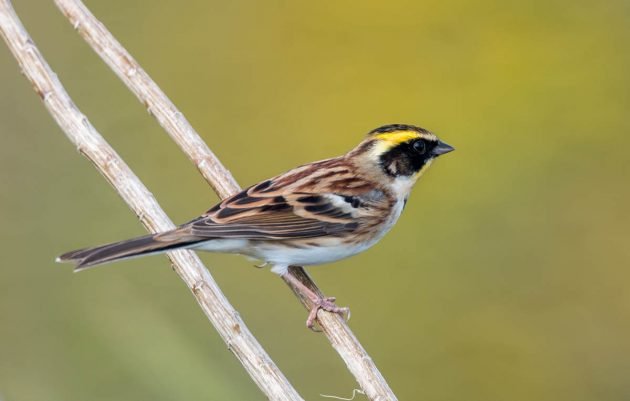
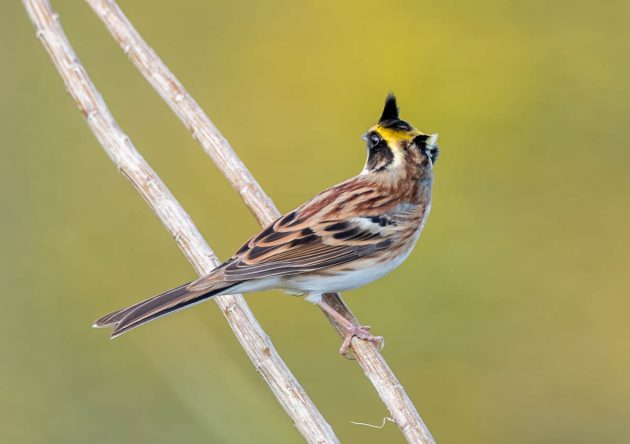
In my opinion, leaf warblers do not have much speaking in their favor, but at least the Pallas’s Leaf Warbler is brightly yellow and can even be identified by a mediocre birder like me.
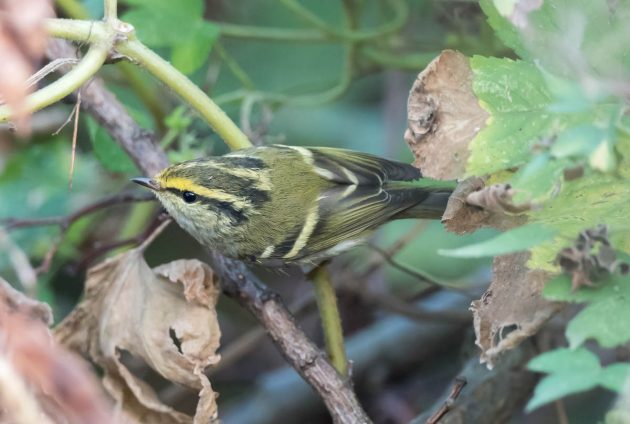
Finally, an Osprey is circling the fishponds, pondering potential answers to this week’s crossword puzzle in “The Times”. Or maybe lost its mobile phone.
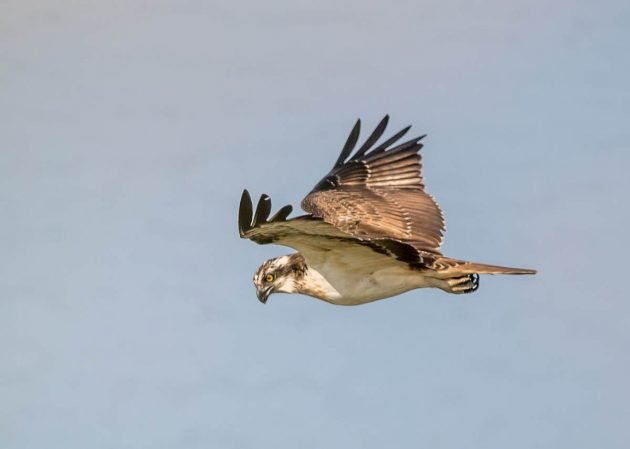
“It must be here somewhere”.











Leave a Comment